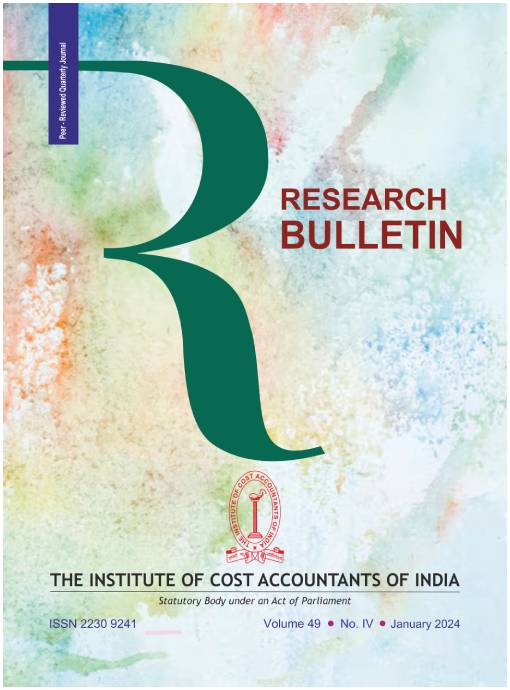The Neobanking Landscape: Indian Vis-A-Vis Global
Keywords:
No Keywords.Abstract
This article is a comparative analysis of neobanking in India alongside five countries: USA, UK, Brazil, Nigeria, and Australia. It examines the emergence, regulatory environment, technological trends, challenges, and future growth potential of neobanks, highlighting how these markets are shaping the global digital banking landscape.
Downloads
Downloads
Published
How to Cite
Issue
Section
References
Banco Central do Brasil. (2019). Policies supporting financial innovation in Brazil. Retrieved from https://www.bcb.gov.br.
Blakely, S. (2010). How Simple redefined banking. Financial Times. Retrieved from https://www.ft.com.
Crosman, P. (2021, January 11). What banks, fintechs can learn from Simple’s rise and sudden death. American Banker. Retrieved from https://www.americanbanker.com.
Da Silva, M. (2013). Nubank and the revolution of digital finance in Brazil. RevistaBrasileira de Economia, 30(4), 123-138.
European Union. (2018). Payment Services Directive 2 and its impact on the financial industry. Official Journal of the European Union. Retrieved from https://www.eur-lex.europa.eu.
Financial Conduct Authority. (2015). The rise of digital banks like Monzo and Revolut: Regulation and growth. Retrieved from https://www.fca.org.uk.
Fintechly. (2024). The Rise of Neobanks: Disrupting the Traditional Banking Sector with Fintech Innovation. Retrieved from https://fintechly.com/banking/the-rise-of-neobanks-disrupting-the-traditional-banking-sector-with-fintech-innovation/.
FMD Financial. (2024). The rise of Australian neobanks. Retrieved from https://www.fmd.com.au/insights/the-rise-of-australian-neobanks/.
National Payments Corporation of India. (2019). The impact of UPI on neobanking growth. Retrieved from https://www.npci.org.in.
Reserve Bank of India. (2015). Financial inclusion and the rise of neobanks in India. Retrieved from https://www.rbi.org.in.
Reserve Bank of India. (2020). Guidelines on Regulation of Payment Aggregators and Payment Gateways. Available at https://www.rbi.org.in/Scripts/NotificationUser.aspx?Id=11822&Mode=0.
Statista (2024). Neobanking - United States https://www.statista.com/outlook/dmo/fintech/neobanking/united-states
Statista (2024). Neobanking - United Kingdom https://www.statista.com/outlook/dmo/fintech/neobanking/united-kingdom
Statista (2024). Neobanking - Brazil https://www.statista.com/outlook/dmo/fintech/neobanking/brazil
Statista (2024). Neobanking - Nigeria https://www.statista.com/outlook/dmo/fintech/neobanking/nigeria
Statista (2024). Neobanking - Australia https://www.statista.com/outlook/dmo/fintech/neobanking/australia
Statista (2024). Neobanking - India https://www.statista.com/outlook/dmo/fintech/neobanking/india
Stobdan, J., & Kumar, S. (2023). NeoBanks: Future Prospects, Challenges and Strategies.
TechnoIdentity. (2023). Exploring the rise of Neobanks and digital banking revolution. Available at https://www.technoidentity.com/insights/leadership-insights-exploring-the-rise-of-neobanks-and-digital-banking-revolution/.
Traderoot Africa. (2024). Growth of neobanks in Africa. Retrieved from https://traderootafrica.com/growth-of-neobanks-in-africa/.
Wired. (2023). The Rise of Neobanks: Disrupting Traditional Banking. Available at https://industrywired.com/the-rise-of-neobanks-disrupting-traditional-banking/.
 Free Sample
Free Sample Editorial Policy
Editorial Policy

